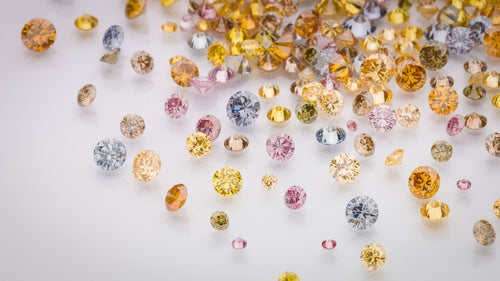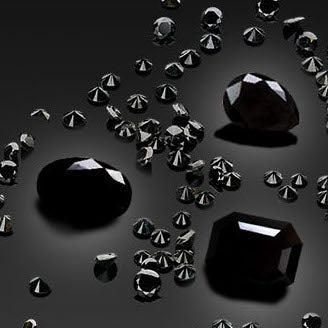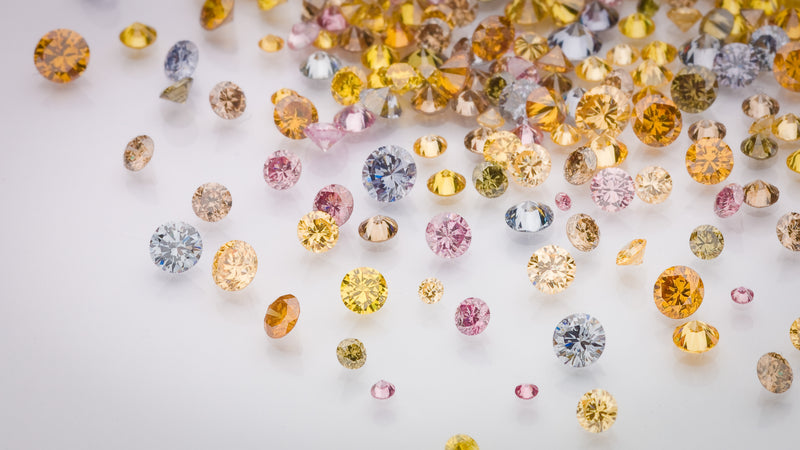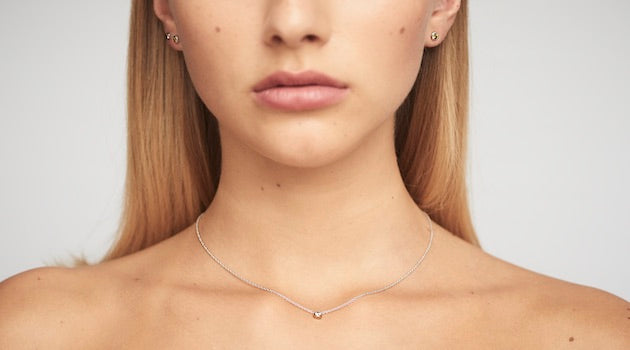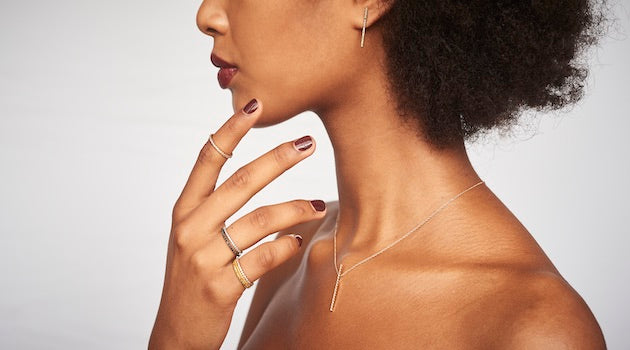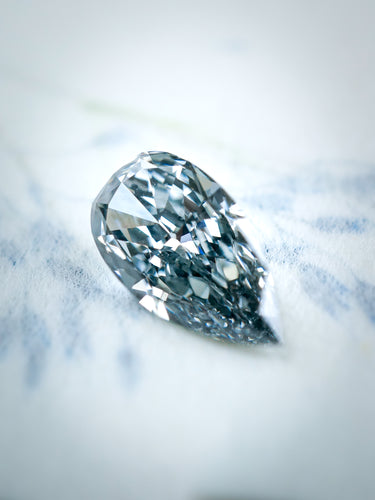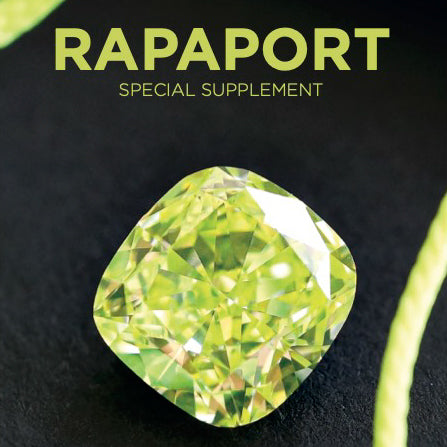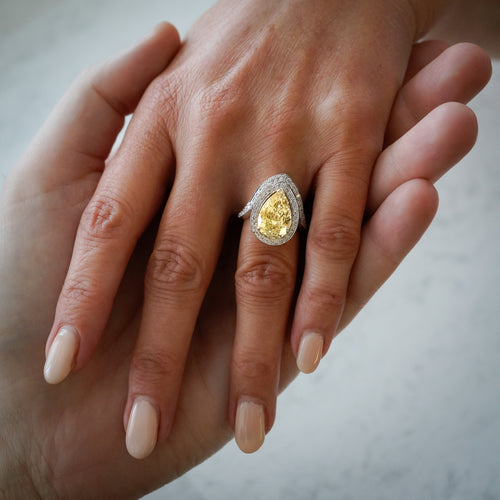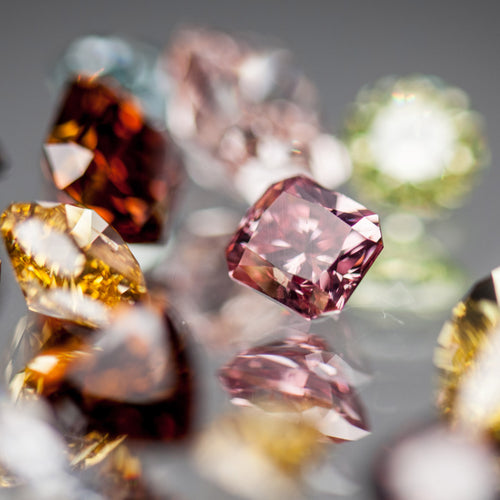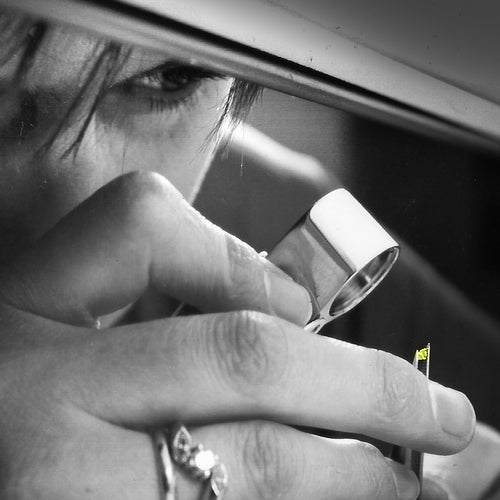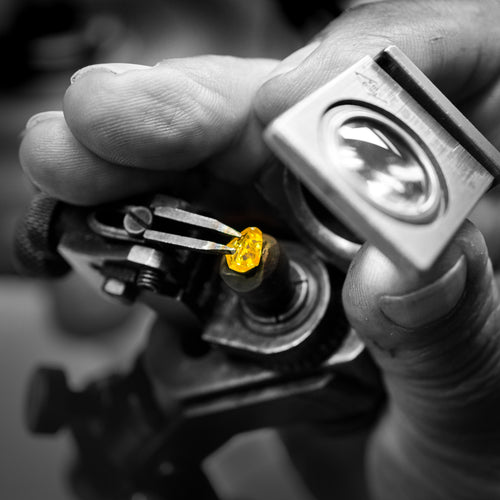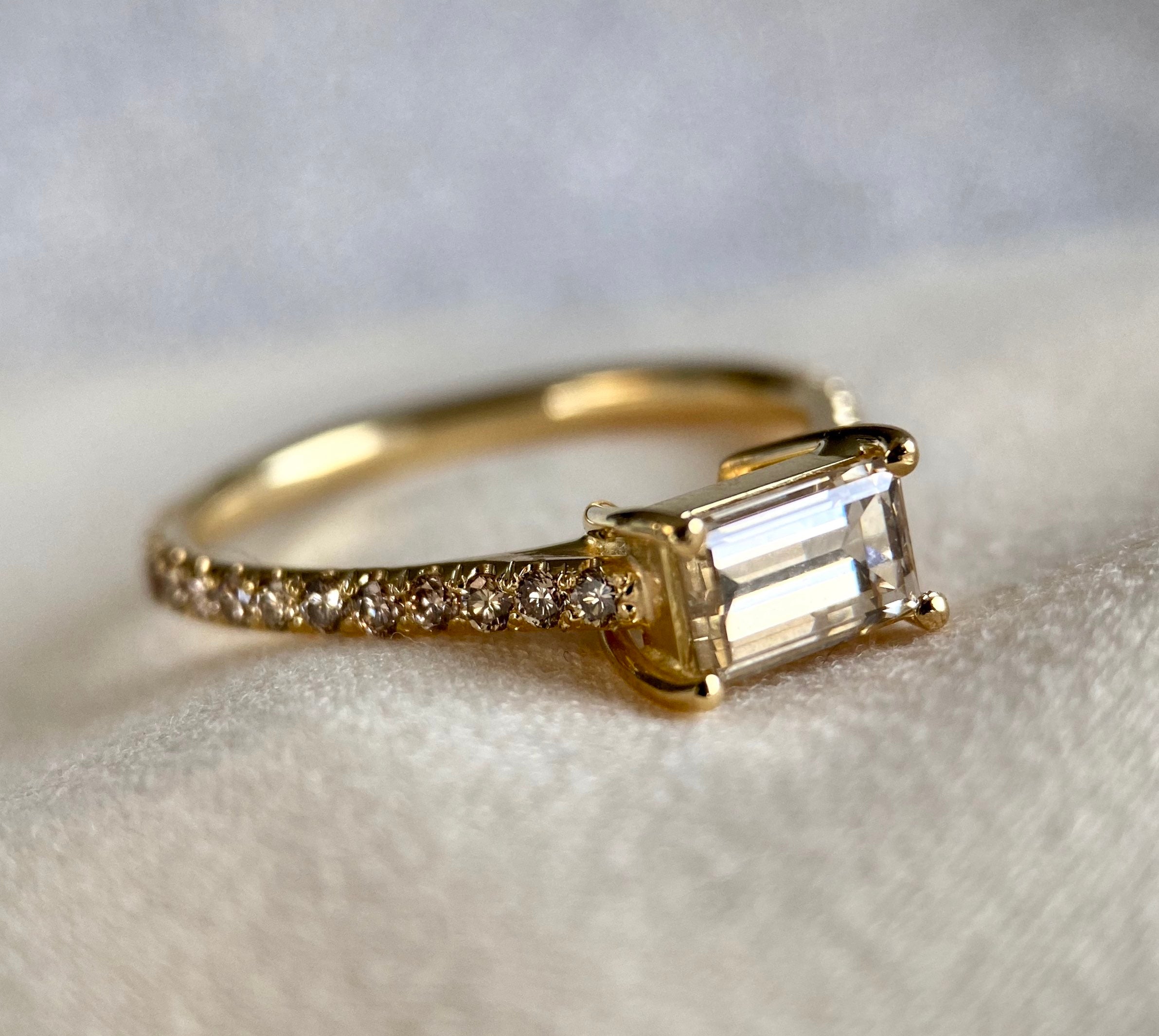


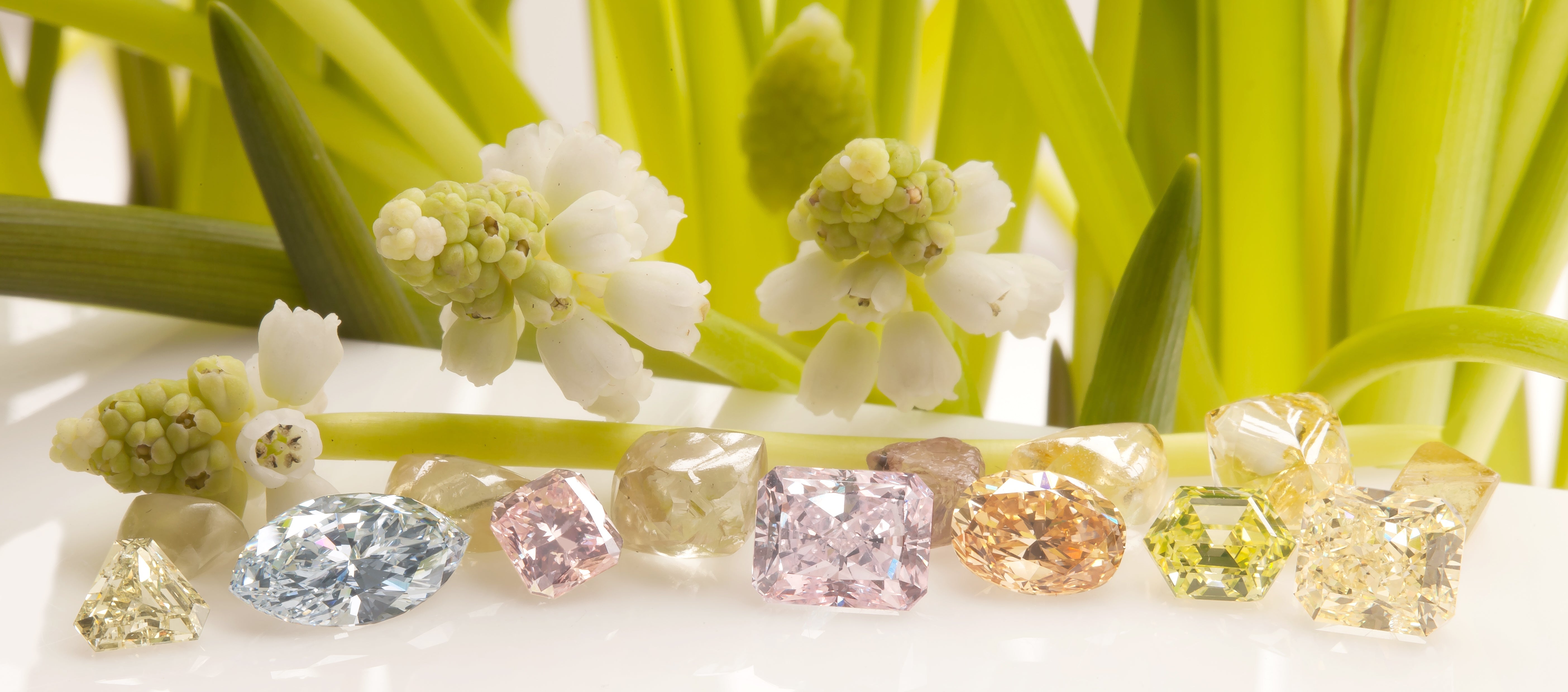

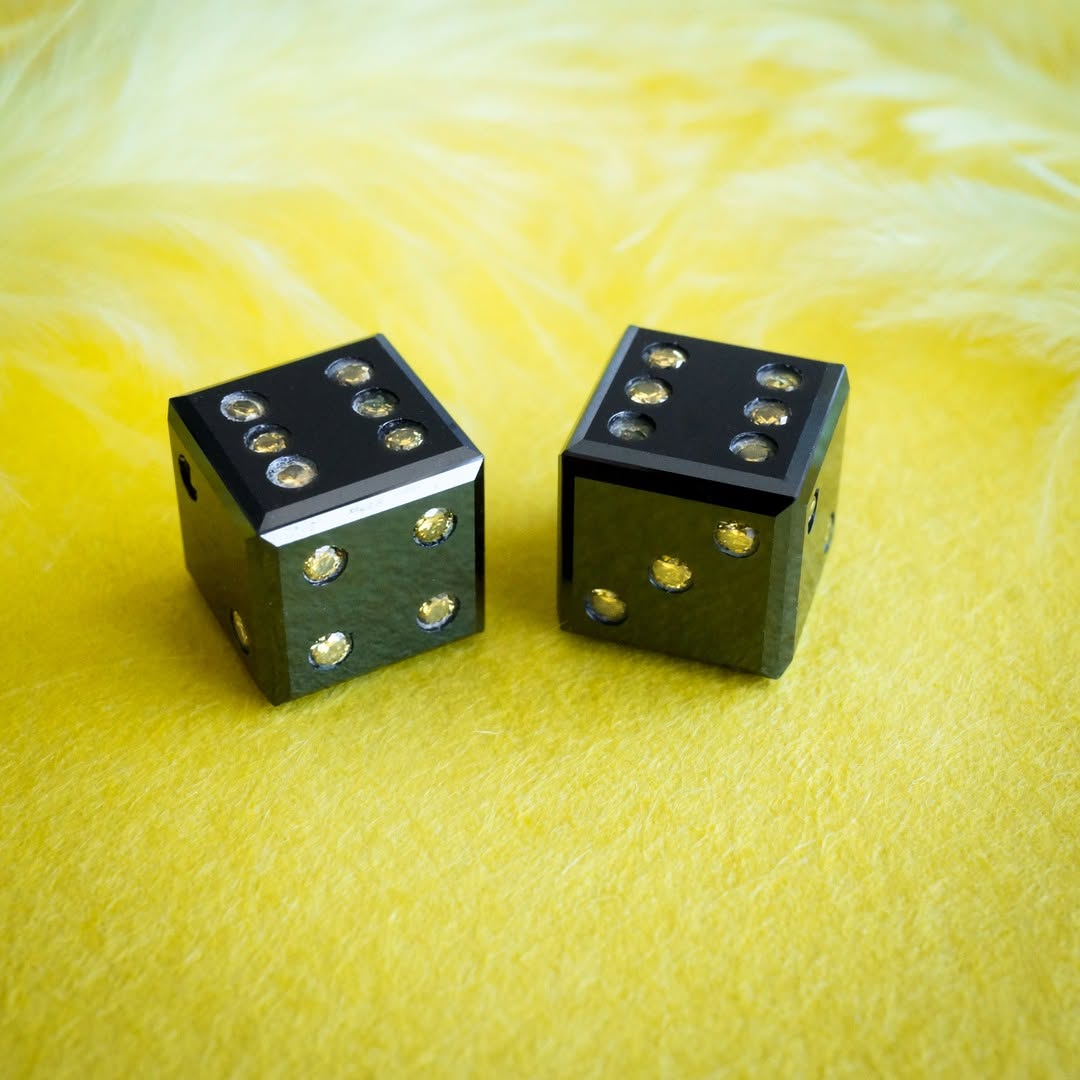
Fluorescence and Color Diamonds
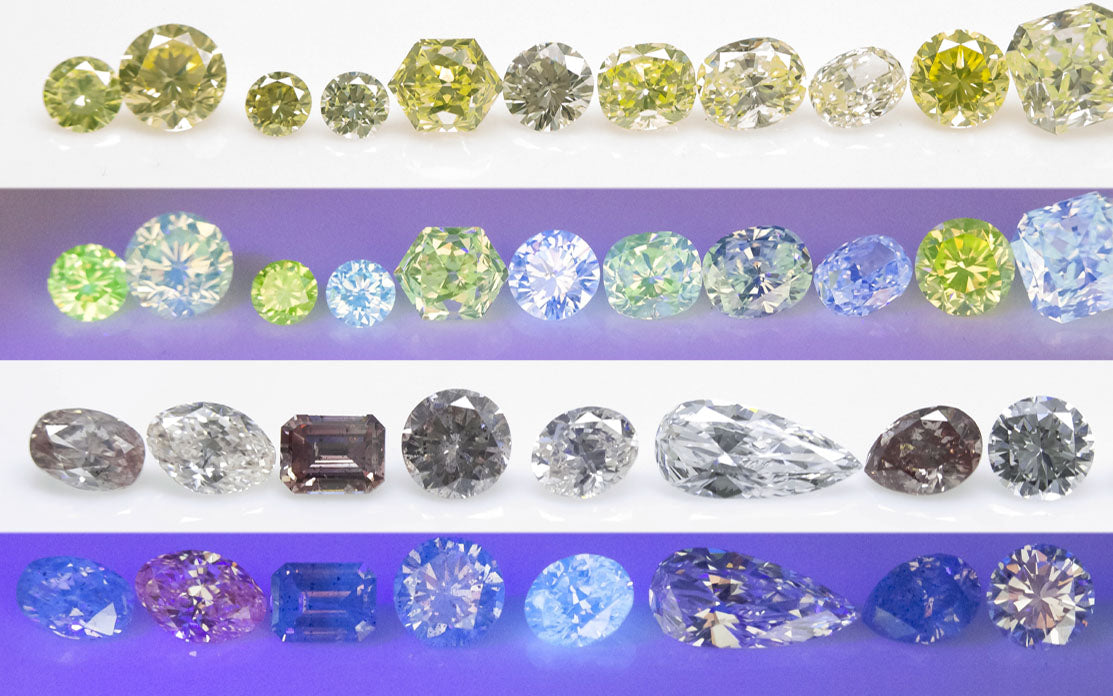
Natural color diamonds are remarkable not only for their hues but also for the fascinating diversity of their natural forms. Before polishing, immense pressure and geological time shaped a rough diamond, a raw crystal. Each stone carries the imprint of its journey deep within the Earth, giving rise to an astonishing variety of shapes and surface textures.
What Are The Most Common Diamond Shapes?
Among the most distinctive are octahedral rough diamonds — stones that resemble two pyramids joined base to base. These are among the most sought-after forms, known for their balance, symmetry, and potential to yield high-quality polished gems. When split in half, they form smaller half-octahedrons, often shaped like miniature pyramids.
Another striking variety is the macle diamond. These flat, triangular crystals are naturally twinned, meaning two diamond crystals have grown together. Their unique geometry and flattened form make macles ideal for creating one-of-a-kind pieces of jewellery, especially when left uncut to preserve their natural allure.
Do All Rough Diamonds Have Sharp Edges?
Not all rough diamonds conform to strict geometry. Some appear almost perfectly round — a rare formation known as a balas diamond. These stones are exceptionally smooth and compact, but unlike other rough diamonds, people cannot typically cut or facet them, so they are prized as natural curiosities or for artistic jewellery designs.
Then there are the irregularly shaped diamonds, each completely unique. These may be angular and jagged, or softly worn and polished like river pebbles. Such variations speak to the natural environment in which they formed — every edge and curve a record of geological history.
Does Shape Matter in Rough Diamonds?
The shape of a rough diamond influences how it can be cut, polished, and set. Perfectly symmetrical crystals often become traditional cuts, while irregular forms inspire more imaginative jewellery craftsmanship. Many collectors and designers value rough diamonds for precisely this reason: their raw, unaltered form tells a story that a cut stone can never fully express.
Discover Natural Rough Diamonds
We select every stone in our collection for its natural beauty, authenticity, and unique character. If you’re a jeweller looking for your next rough diamond for your project, you can explore our rough diamond collection.
